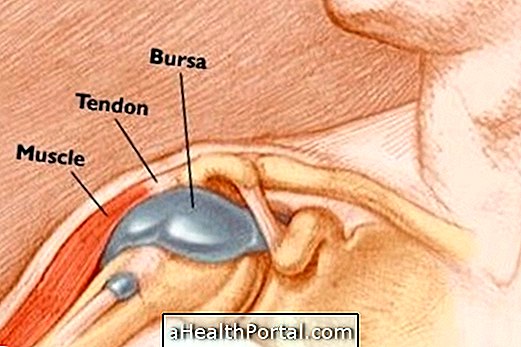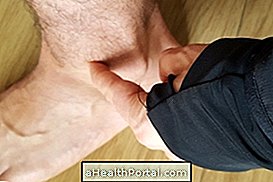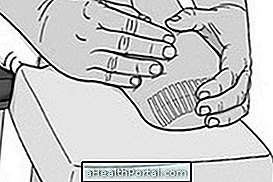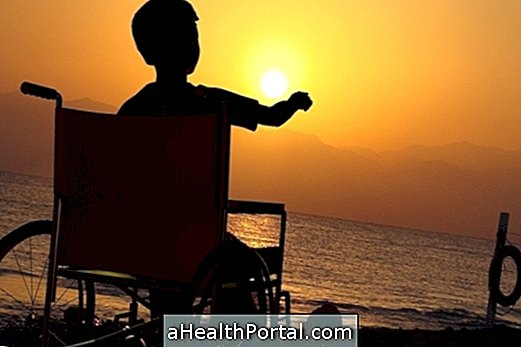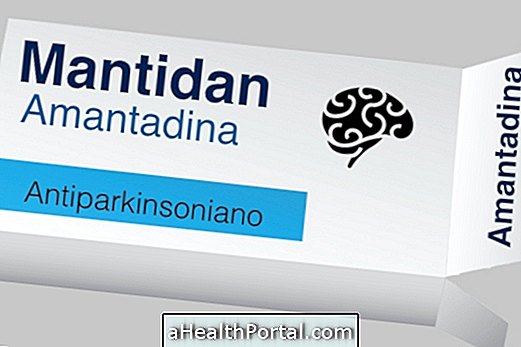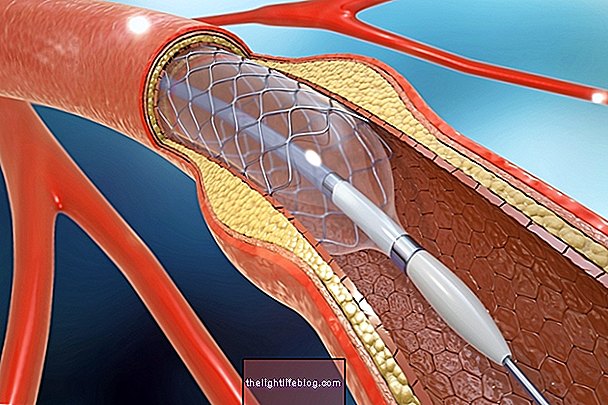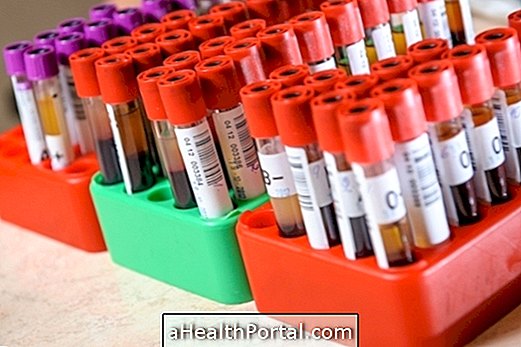Treatment for Achilles tendon rupture can be done with immobilization or surgery, and surgery is best for young people who engage in regular physical activity and who need to return to training as soon as possible.
Immobilization is the treatment of choice for those who do not have physical activity because it presents fewer risks and usually does not require such a rapid recovery.
However, the treatment indicated by the orthopaedist can also vary according to the degree of rupture, because when there is a partial rupture can only be made gypsum splints, while in the complete rupture the surgery is always indicated. But in one case as in the other, it is necessary to do physiotherapy to recover completely and return to walking normally, without pain.
Thus, the treatment for rupture of the calcaneus tendon can be done in the following ways:
1. Immobilization

Immobilization is the conservative treatment and is indicated for partial rupture of the Achilles tendon in non-athletes, being done with the use of an orthopedic boot or plastered boot with heel to keep the heel higher and to allow the tendon not to be too stretched, facilitating the natural healing of this structure.
This type of treatment is usually more time-consuming than in surgery and during this type of treatment, it is important to avoid any activity such as walking for more than 500 meters, climbing stairs, and should not put body weight under foot, although it may stand on the floor when sitting.
2. Surgery
The surgery is indicated to treat the complete rupture of the Achilles tendon, being made with general anesthesia. In it the doctor makes a small cut in the skin on the tendon, to place the points that unite the tendon.
After surgery, it is necessary to maintain leg rest for at least a week taking special care to keep the leg always raised above the heart level to relieve swelling and pain. Lying in bed and putting a cushion under the leg is a good solution to relieve pain and prevent swelling.
After surgery the orthopedist also places a cast or splint to immobilize the foot, avoiding the movement of the leg muscles. Immobilization takes about 6 to 8 weeks and during this time it is not recommended to put your foot on the floor and always use 2 walking crutches.
3. Physiotherapy

Physiotherapy for cases should be started after the appointment of the orthopaedist and can be done even with plaster cast. Physical therapy options for Achilles tendon rupture may contain anti-inflammatory features of devices such as ultrasound, laser or other, stimuli to increase local blood circulation, strengthening of the leg muscles, and, finally, proprioception.
Some techniques include passive joint mobilization from the knee to the foot, the use of ice, therapeutic local massage therapy, stretching of the muscles and, when the inflammatory picture decreases, the strengthening of the calf muscles with elastic bands of different strengths .
Ideally, physiotherapeutic treatment should be performed daily, preferably by being intercalated with hydrotherapy, that is, physiotherapy in the pool, until the physiotherapist releases the patient. Stopping with physical therapy before the physiotherapist grants discharge may facilitate a further break in the future.
Learn more details of physiotherapy for Achilles tendon rupture.
How long does recovery take
After a complete Achilles tendon rupture the average treatment time varies between 6 and 8 months, but in some cases if the recovery is delayed or if physical therapy is not performed 4 to 5 times a week, it may take 1 year for the person returns to his normal activities and the activity that caused the rupture.
How to heal faster
See tips from nutritionist Tatiana Zanin to learn what to eat to improve your healing:




